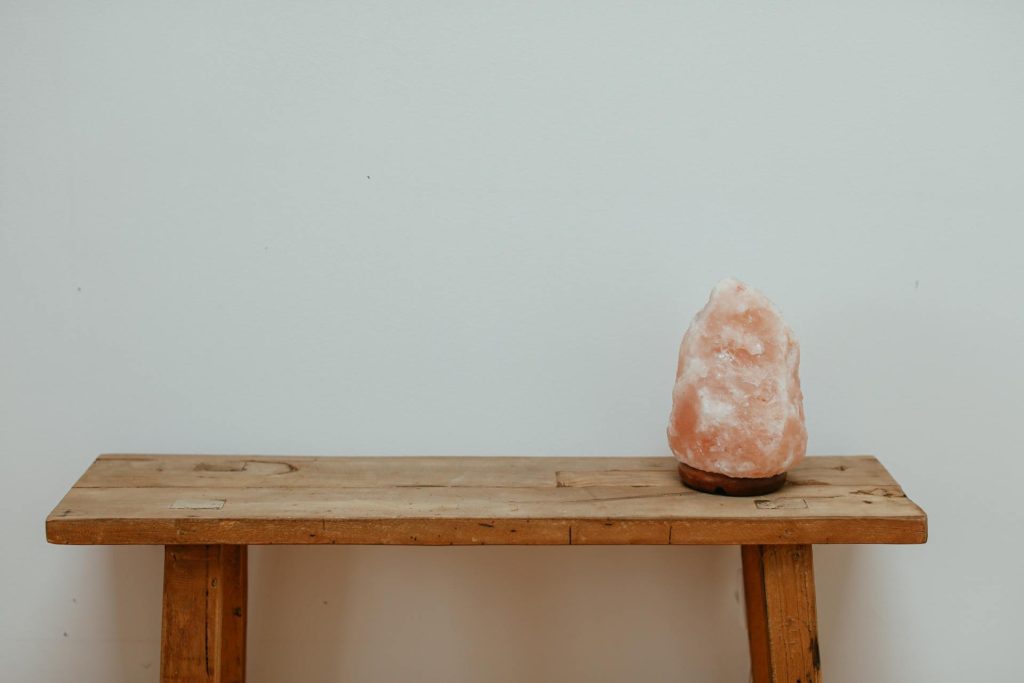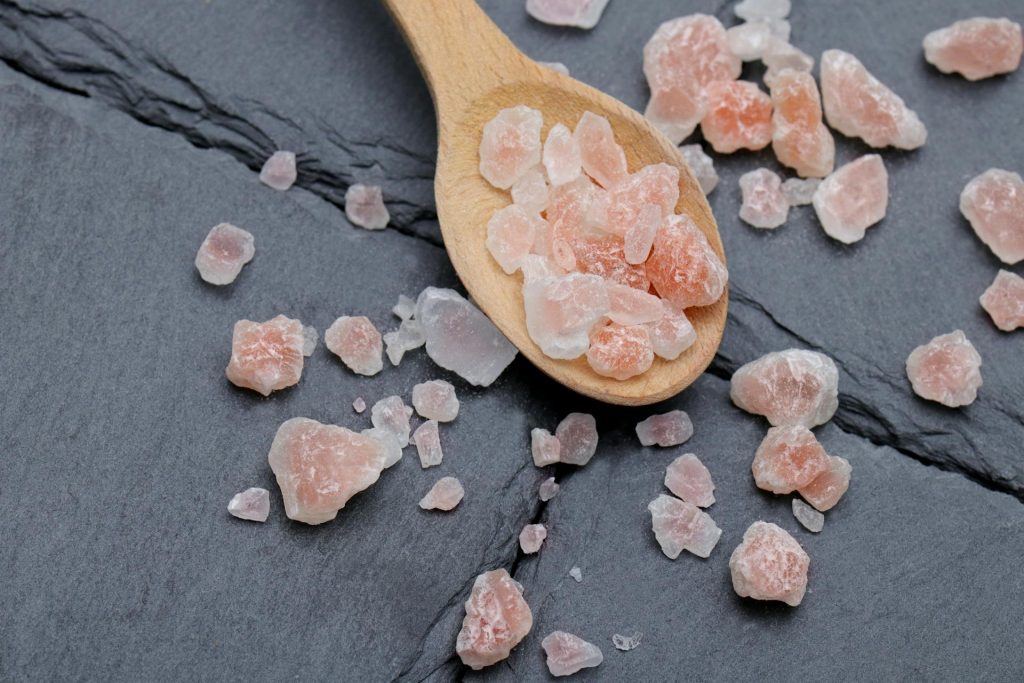Himalayan salt lamps have surged in popularity, admired for their warm, ambient glow and the wellness benefits they’re believed to offer.
However, alongside their aesthetic appeal, it’s important to be aware of the potential risks and disadvantages associated with these decorative items.
This article will help you understand the possible dangers and it provides tips for safe and informed use.

Photo by Cup of Couple
Himalayan Salt Lamp Warning:
Understanding the Risks
Table of Contents
Fire Hazards
One of the primary concerns with Himalayan salt lamps is their potential to overheat, particularly when low-quality lamps or inappropriate bulbs are used. Lamps with faulty wiring or substandard construction are at a higher risk of electrical fires. The use of bulbs with a wattage higher than recommended can only increase the risk by generating excessive heat within the salt crystal.
Electrical Safety
Himalayan salt lamps naturally attract moisture from the air, a feature that can pose electrical safety risks if not properly managed. Over time, moisture can interfere with the lamp’s electrical components, potentially leading to short circuits or cord damage. This risk is heightened in humid environments where moisture accumulation is more likely to happen.
Children and Pets Safety
For households with pets or young children, Himalayan salt lamps can pose unique hazards. Ingesting large amounts of salt from a lamp can lead to sodium poisoning in pets or children (e.g. a cat licking the lamp). Additionally, the potential of the lamp to crack or break introduces risks of injury from sharp edges or the lamp’s weight (they can be pretty heavy!).
Respiratory and Allergy Concerns
While Himalayan salt lamps are marketed as air purifiers, they can cause issues for individuals with certain respiratory conditions. Some people may be sensitive to salt particles released into the air, which could lead to irritation or worsen the asthma symptoms. Moreover, the moisture-absorbing properties of salt lamps might alter room humidity levels.
Questionable Health Claims
Many of the health benefits attributed to Himalayan salt lamps, such as mentioned air purification or relief from respiratory conditions, lack strong scientific backing. This has led to widespread circulation of unverified claims, potentially giving users a false sense of security regarding their health. It is always advised to consult with your healthcare professional regarding your condition, concerns and therapy.

Photo by Marek Kupiec
Maintenance and Durability
Maintaining a Himalayan salt lamp can be challenging due to it being prone to moisture. In humid environments, these lamps can “sweat” or even start “weeping” profusely, leading to the erosion and mess. Their porous nature also makes thorough cleaning difficult, which could allow dust and allergens to accumulate over time. Any direct exposure to sunlight or high humidity can cause the lamp’s color to fade, further diminishing its appearance.
Environmental Concerns
The extraction of Himalayan salt raises questions about the environmental impact of mining practices. Additionally, the transportation of these heavy items from their origin in Pakistan to global markets contributes to carbon emissions. The energy consumption associated with keeping salt lamps on for extended periods of time also adds to their environmental footprint.
Concerns About Authenticity
The popularity of Himalayan salt lamps has resulted in a flood of imitation products on the market. These fake lamps, often made from cheaper materials, may not offer the same aesthetic or potential benefits as genuine salt lamps. Even among authentic lamps, quality can vary significantly, making it difficult for consumers to ensure they’re getting a product that is both safe and effective.
Conclusion
Although they can add a unique touch to your life, it’s crucial to approach the use with an understanding of the potential Himalayan salt lamp dangers. Whether considering their environmental impact, safety concerns, or the validity of health claims, being informed is the key.
It also goes for integrating many other things – e.g. new food, materials, routines – but what’s important is that you’re researching and aiming to improve the quality of your life.
If you have experiences or tips on using Himalayan salt lamps, we’d love to hear them!
Share your thoughts in the comments below. 🙂
More Articles:
- Top 10 Crystals and Gemstones (Essentials)
- 4 Benefits of Balanced Chakras System, How to Balance Chakras
- Agartha: The Mystery and The Hollow Earth Theory
